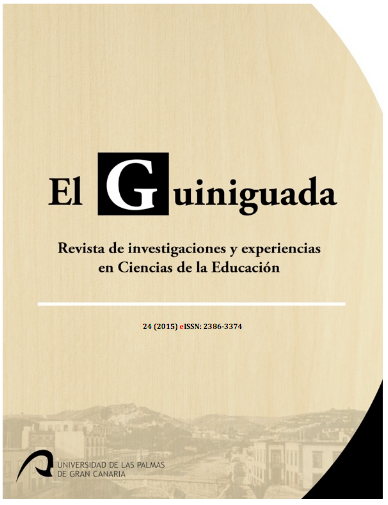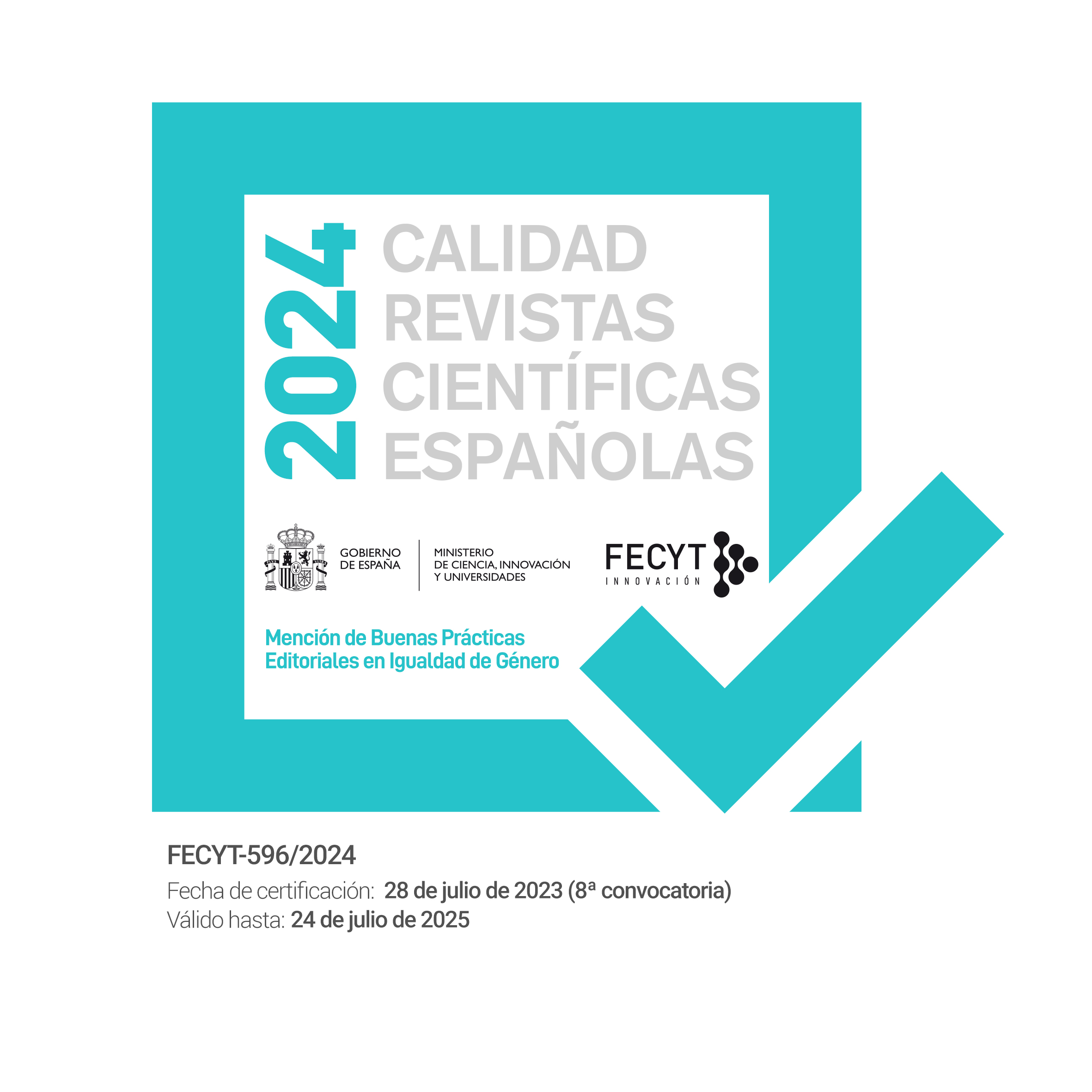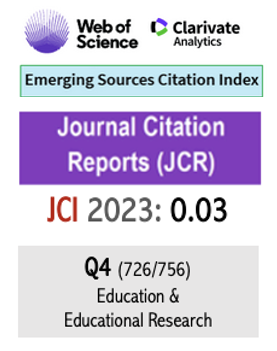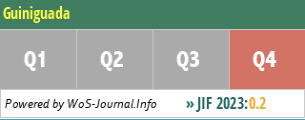CLIL Materials in Secondary Education: focusing on the Language of instruction in the subject area of Mathematics. doi 10.20420/GUIN.2015.0076
Keywords:
CLIL, Language of Instruction, English, Maths, Secondary Education.Abstract
Applying a CLIL methodological approach marks a shift in emphasis from language learning based on linguistic form and grammatical progression to a more ‘language acquisition’ one which takes account language functions. In this article we will study the elements of the “language of instruction” of the area of Maths in Secondary Education, by focusing on the analysis of the communicative functions, and the lexical and the cultural items present in the textbook in use. Our aim is to present the CLIL teacher with the linguistic and didactic implications that he or she should take into consideration when implementing the bilingual syllabuses with their students. In order to do that, we will present our conclusions emphasizing the need for coordination in different content areas, linguistic and communicative contents, between the foreign language teacher and the CLIL subject one.
DOI 10.20420/GUIN.2015.0076
Downloads
References
Dale, L. & Tanner, R. (2012). CLIL Activities: a Resource for Subject and Language Teachers. Cambridge: Cambridge University Press.
Dalton-Puffer, C. (2007). Discourse in Content and Language Integrated Learning (CLIL) Classrooms. Amsterdam: John Benjamins Pub.
Dalton-Puffer, C. (2009). Communicative Competence and the CLIL Lesson. In Ruiz de Zarobe & Jiménez Catalán (eds.), Content and Language Integrated Learning: Evidence from Research in Europe (197-214). Bristol: Multilingual Matters.
Evnitskaya, N. & Morton, T. (2011). Knowledge Construction, Meaning Making and Interaction in CLIL Science Classroom Communities of Practice. Language and Education, 25 (2), 109-127. DOI: 10.1080/09500782.2010.547199
Garvi Herizo, M. A., Sánchez Rodríguez, R. & González Pérez, J. I. (n. d.) Mathematics: 4º ESO. Valencia: Educalia Editorial.
Jäppinen, A. (2005). Thinking and Content Learning of Mathematics and Science as Cognitional Development in Content and Language Integrated Learning (CLIL): Teaching Through a Foreign Language in Finland. Language and Education, 19 (2), 147-168. DOI: 10.1080/09500780508668671
Johnston, O. (2012). Interface 4: Workbook. Oxford: Macmillan.
Marsh, D. (2013). The CLIL Trajectory: Educational Innovation for the 21st Century iGeneration. Córdoba: Universidad de Córdoba.
Marsh, D., Mehisto, P., Wolff, D. & Frigols Martín, M. J. (2011). European Framework for CLIL Teacher Education: A framework for the Professional Development of CLIL Teachers. Graz: European Centre for Modern Languages.
Mauchline, F. (2012). Interface 4: Teacher’s Book. Oxford: Macmillan.
Novotná, J. & Hofmannová, M. (n. d.). CLIL and Mathematics Education. Retrieved from: http://math.unipa.it/~grim/Jnovotna.PDF
Pavón Vázquez, V. (2013). Foreword. In Marsh, The CLIL Trajectory: Educational Innovation for the 21st Century iGeneration (11-16). Córdoba: Universidad de Córdoba.
Teaching Knowledge Test (TKT) Content and Language Integrated Learning (CLIL): Handbook for Teachers. (n. d.). Cambridge: Cambridge University Press.
Teaching Maths in English – a CLIL Approach (n. d.). Cambridge: Cambridge University Press.
Published
How to Cite
Issue
Section
License
Authors who publish with this journal agree to the following terms:
- Authors retain copyright and grant the journal right of first publication with the work simultaneously licensed under a Creative Commons Attribution License that allows others to share the work with an acknowledgement of the work's authorship and initial publication in this journal. You can not make a commercial use of the work. The use derived from the work is also not allowed.
- Authors are able to enter into separate, additional contractual arrangements for the non-exclusive distribution of the journal's published version of the work (e.g., post it to an institutional repository or publish it in a book), with an acknowledgement of its initial publication in this journal.
- Authors are permitted and encouraged to post their work online (e.g., in institutional repositories or on their website) prior to and during the submission process, as it can lead to productive exchanges, as well as earlier and greater citation of published work (See The Effect of Open Access).

















